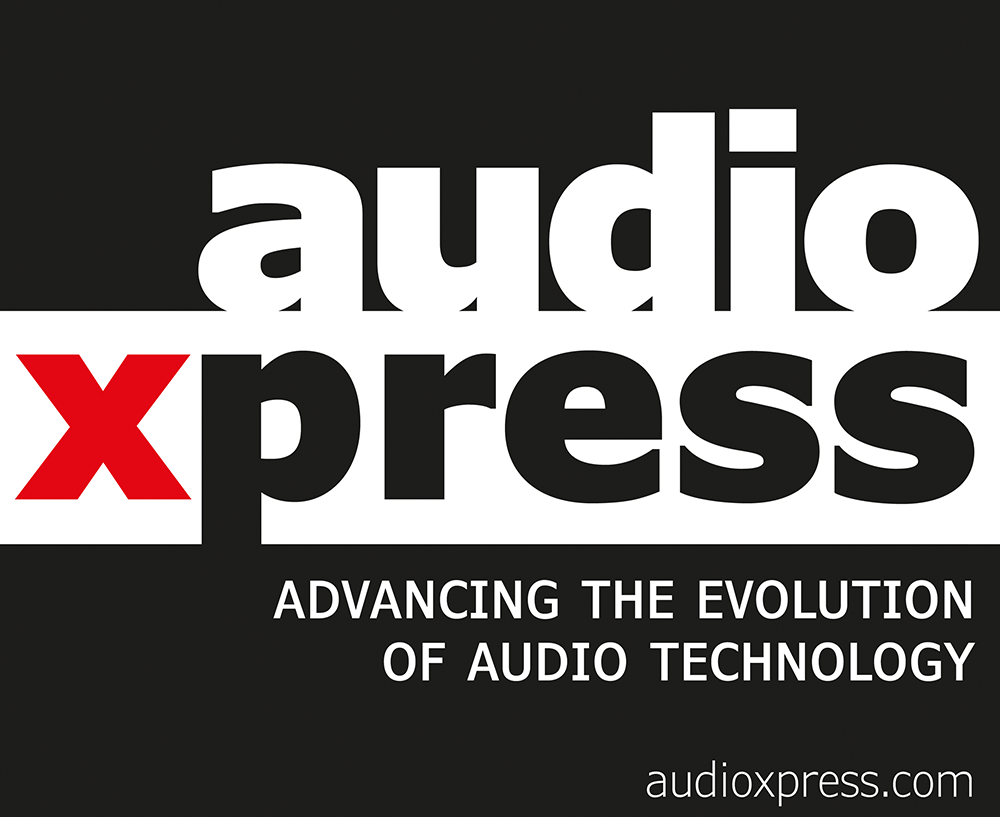
The original Qi specification version 1.0 was announced in July 2010 and specified a transmitter delivering 5W using single coil, coil array, and moving coil power transmitters, which allowed high flexibility in the design of Qi power receivers, with limited flexibility in the design of Qi power transmitters. In October 2015, the technology gained the possibility for power to increase to 15W, allowing fast-charging.
In January 2021, a completely restructured specification (Version 1.3) was announced, introducing the level of reliability and compliance that was required for broad industry adoption. Apple contributed directly to the effort and engaged directly in creating an ecosystem of Qi-compatible solutions. In April 2023, the Magnetic Power Profile (MPP) was introduced and provided the basis for the new Qi2 standard, building on Apple's MagSafe technology.
Qi2 was launched in April 2023 to unify the industry under one global standard and provide enhanced convenience and efficiency for mobile devices and wearables. In September 2024, the Wireless Power Consortium released version 2.1 to support Automatic Alignment Profile (AAP) of power transmitters and support Magnetic Accessory Covers (MCPE and MCPM Profiles), also adding a new requirement to test to deal with mechanical obstructions (such as protruding cameras close to the charging area of a phone).

This new version 2.2 of the Qi wireless charging protocol reflects the latest requirements that are resulting from consumers’ broad adoption and many manufacturers' push towards fast-charging speeds. Introducing support for up to 25 watt power transfer, and leveraging the capabilities of recent USB-C power adapters, Qi 2.2 optimizes power management and standardizes the way to verify the absence of a foreign object before starting the power transfer. The coordination between members of the WPC allows the technology to start being deployed, with Apple already committed to also update its Qi2-compatible MagSafe chargers, even though its current USB-C MagSafe Charger already delivers up to 25W when paired with a 30W power adapter.
Samsung has also announced a new wireless charging chip supporting the Qi2.2 wireless charging standard that will eventually enable charging speeds of up to 50 watts. In general, all manufacturers will start shipping new solutions that will greatly improve compatibility and reliability, thanks in great part to the improved design of built-in magnets that help achieve the optimal positions between devices. As always since Qi2 was announced, newer products that support Qi 2.2 will be backward compatible with existing Qi2 chargers, just not supporting faster charging speeds. Some original Qi charging devices also (version 1.3) remain compatible with slower charging speeds, but should be avoided since there's no way to verify compatibility.

In general, Qi2.2 devices will allow maximum charging speeds up to 50W (device-dependent), with broader availability of 25W charging which was only available in the latest Apple MagSafe designs. The broader compatibility of magnetic alignment (snap-on) is enhanced for reliability. The Wireless Power Consortium is encouraging manufacturers to embrace this latest optimized specification as quickly as possible.
Chinese companies such as Baseus are among the first brands to deliver Qi2.2-certified power banks, with three new models rolling out globally starting in August 2025. According to Baseus, the new standard is ideal for modern high-demand smartphones, with its ±0.5mm magnetic alignment precision improving charging efficiency by up to 40%, reducing misalignment-related energy loss.


www.baseus.com
www.ugreen.com
www.belkin.com
www.wirelesspowerconsortium.com







